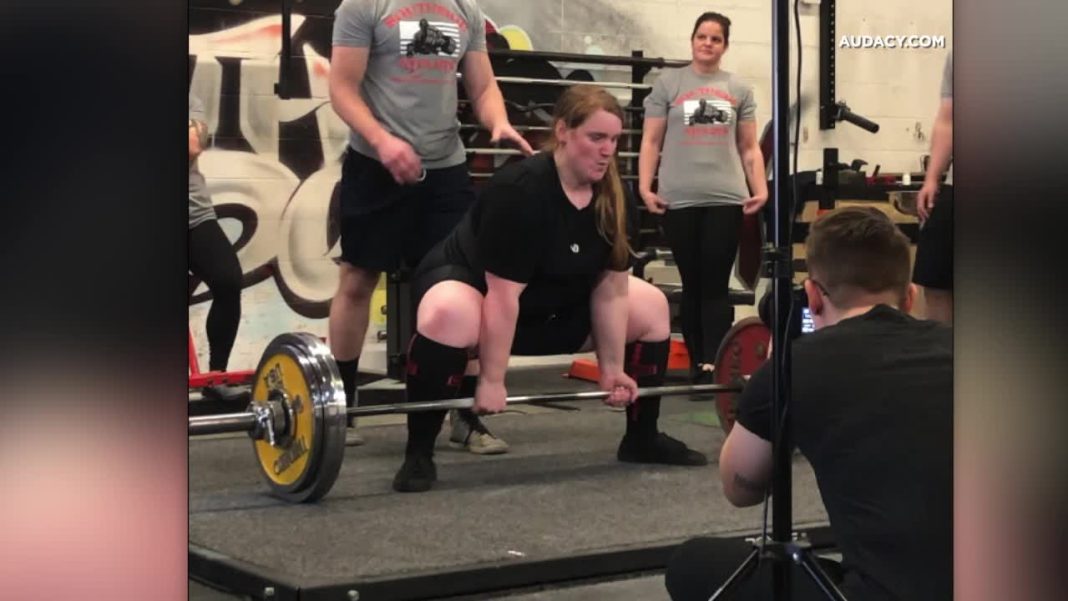Hey TrendLyric fam! Let’s dive into some major news that’s been making waves, especially for anyone passionate about sports, equity, and the ongoing conversation around inclusion. The Minnesota Supreme Court just dropped a significant ruling concerning trans athletes, and it’s one of those decisions that feels like a win, but also leaves a lot of room for future discussion.
Picture this: a trans athlete ban is put under the legal microscope, and the highest court in Minnesota steps in. Their verdict? That ban, as it was written, is a form of discrimination. Sounds like a clear victory for trans rights, right? And in many ways, it absolutely is! But, as with most complex legal matters, there’s a little more to unpack. The court, in its wisdom, didn’t slam the door shut entirely on future challenges or different types of policies. So, let’s break down what this really means.
A Step Forward for Inclusion (But Not a Sprint)
This ruling is undeniably a huge moment for trans athletes and their advocates. For too long, bans like this have sent a message of exclusion, denying individuals the fundamental joy and benefits of participating in sports. The Minnesota Supreme Court essentially said: nope, not on our watch, not like this. They recognized that preventing trans athletes from competing based solely on their gender identity, without specific, compelling justification, runs afoul of anti-discrimination laws.
Imagine the relief and validation for young trans athletes in Minnesota who just want to play. This decision affirms their right to participate and be recognized for who they are. It’s a powerful statement that, at least in Minnesota, sweeping bans based purely on gender identity are not legally permissible. It pushes back against the narrative that trans participation automatically undermines fair play, instead focusing on the individual’s right to exist and compete as their authentic self.
The Nuance: Why the Door is Still Ajar
Here’s where it gets interesting, and why this isn’t necessarily the final word on the broader debate. While the court found the specific ban discriminatory, it didn’t issue a blanket declaration that any future policy concerning trans athletes would automatically be illegal. The court’s careful wording suggests that it’s about the specifics of the ban itself – how it was formulated, its scope, and its impact – rather than a wholesale dismissal of all potential considerations around competitive fairness.
This means that while outright bans are off the table, the legal landscape could still evolve if future policies are crafted with different justifications or a narrower scope. It’s a bit like saying, “This particular fence is in the wrong place,” rather than, “No fences are allowed anywhere.” As Dr. Eliza Reed, a legal scholar specializing in civil rights, eloquently put it, “This ruling is a powerful affirmation of dignity for trans athletes in Minnesota. However, the court’s nuanced approach signals that while outright bans are unacceptable, carefully constructed policies aiming for competitive fairness, should they ever arise, might still find a different legal pathway.” This ongoing conversation emphasizes the importance of understanding the intricate balance between inclusion and other considerations.
So, what’s the takeaway? This is a significant victory for trans rights and inclusion in Minnesota sports, setting a strong precedent against broad, discriminatory bans. It’s a moment to celebrate for many. Yet, it also reminds us that the journey toward fully inclusive and equitable sports environments is complex and ongoing, with legal challenges and policy debates likely to continue in different forms. Stay tuned, because this conversation is far from over.




